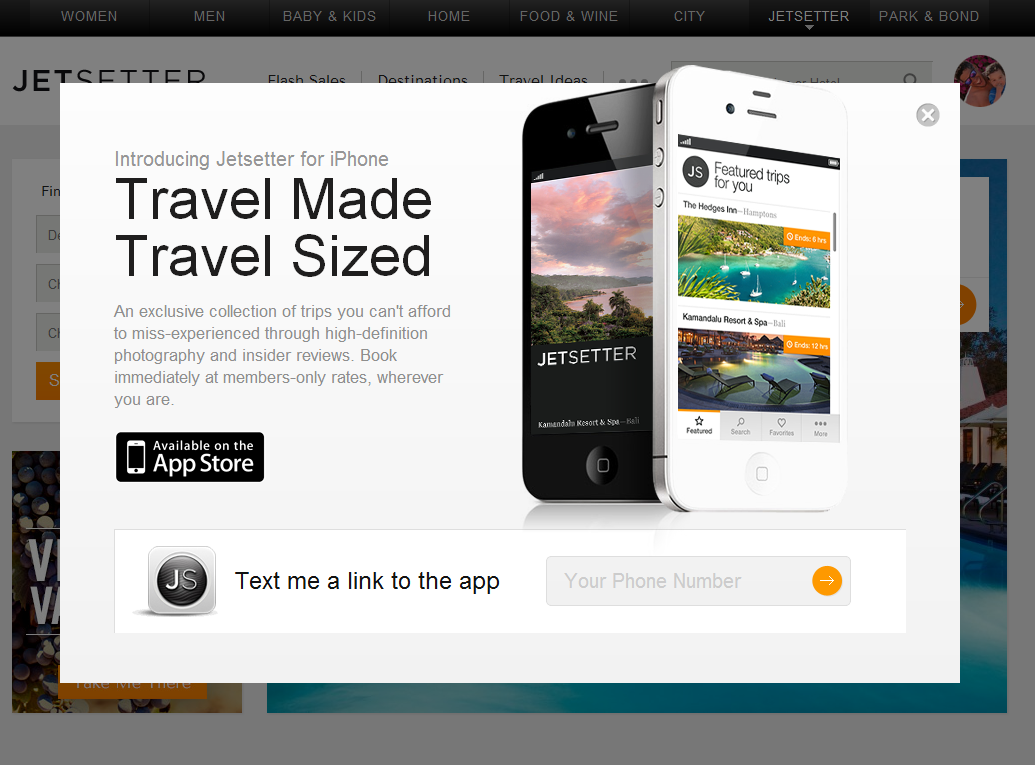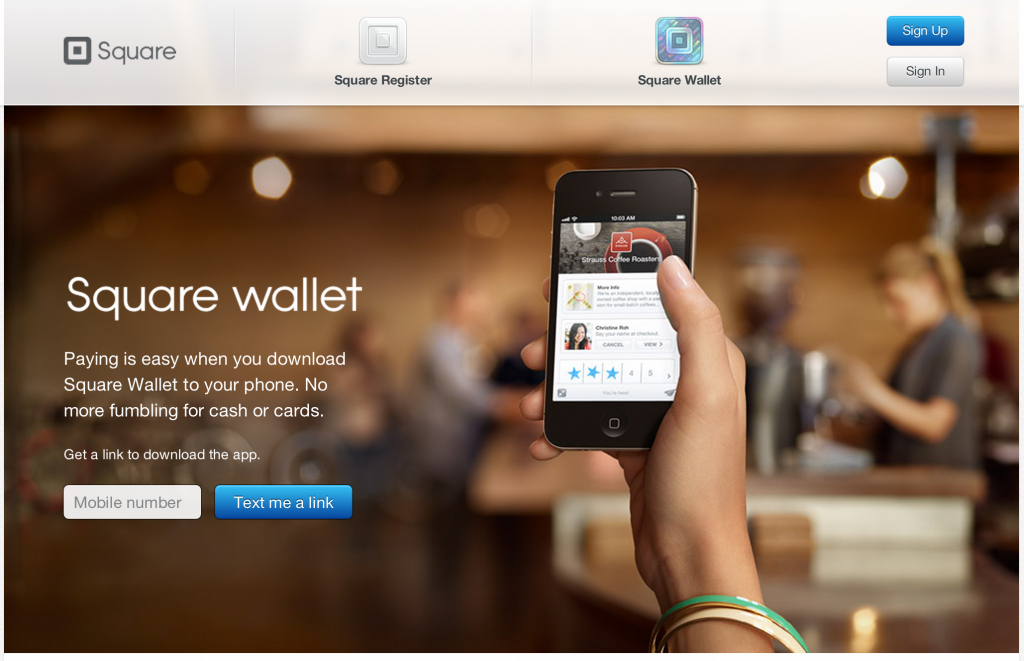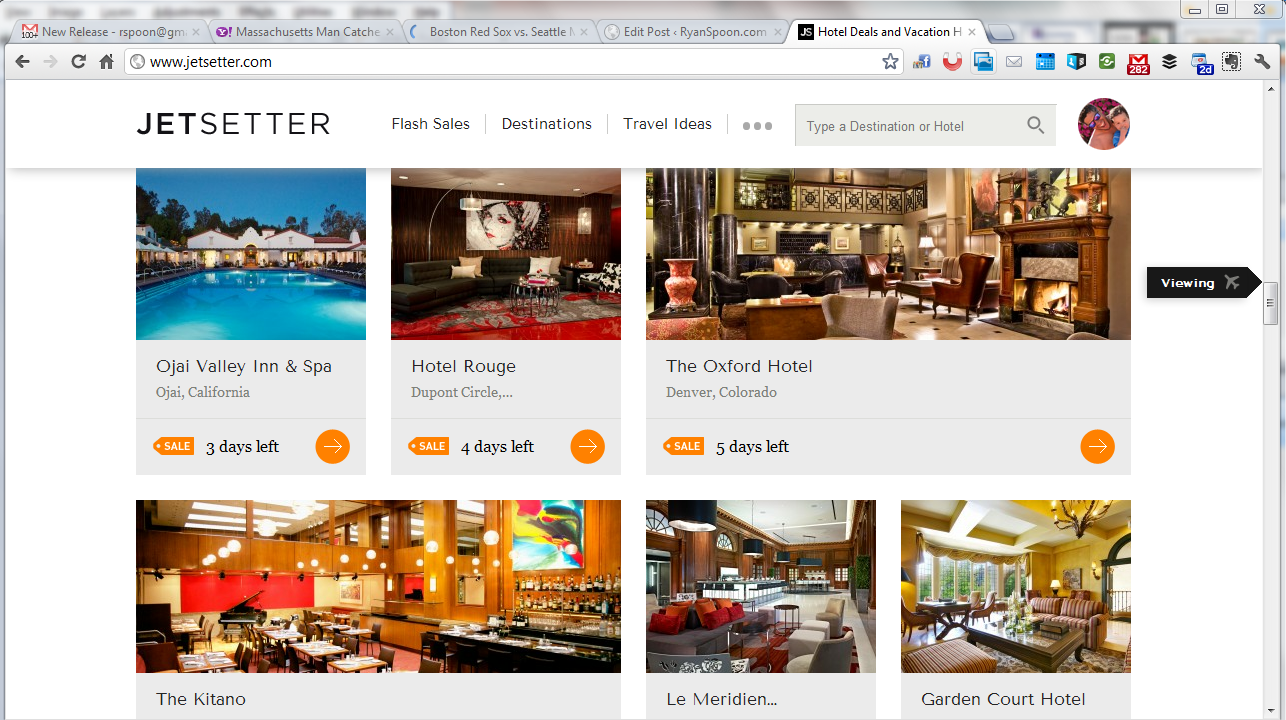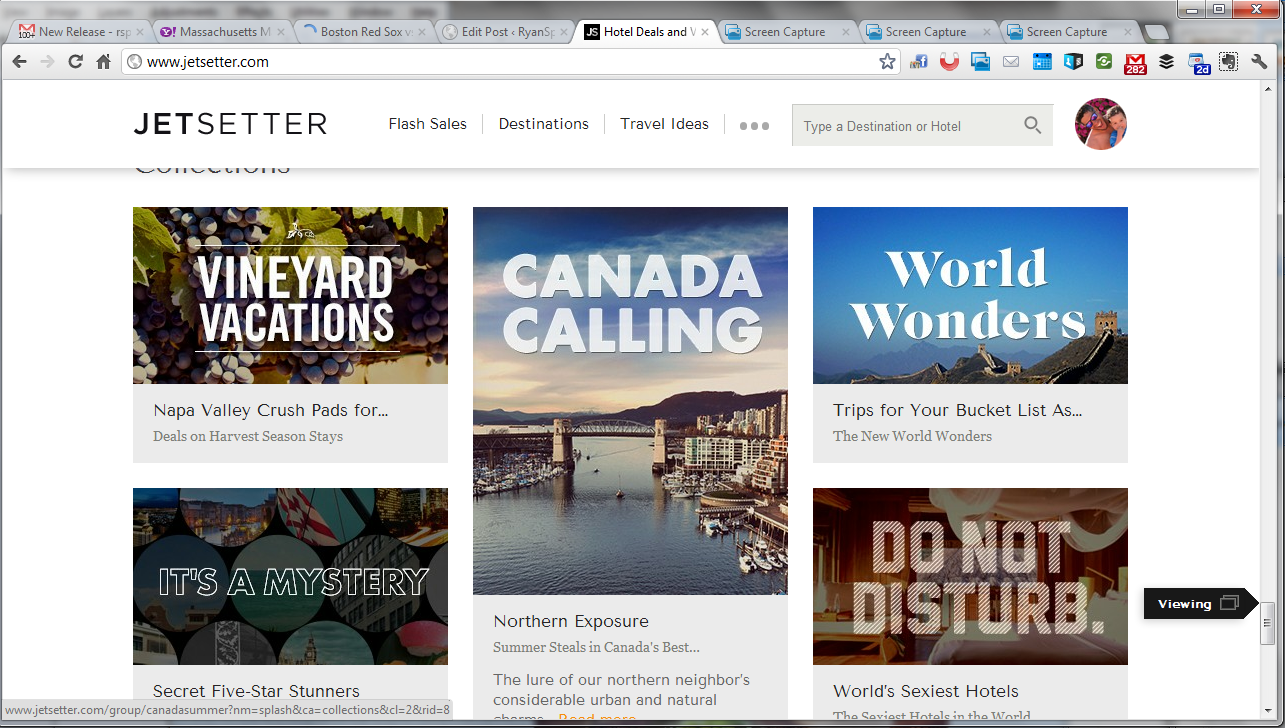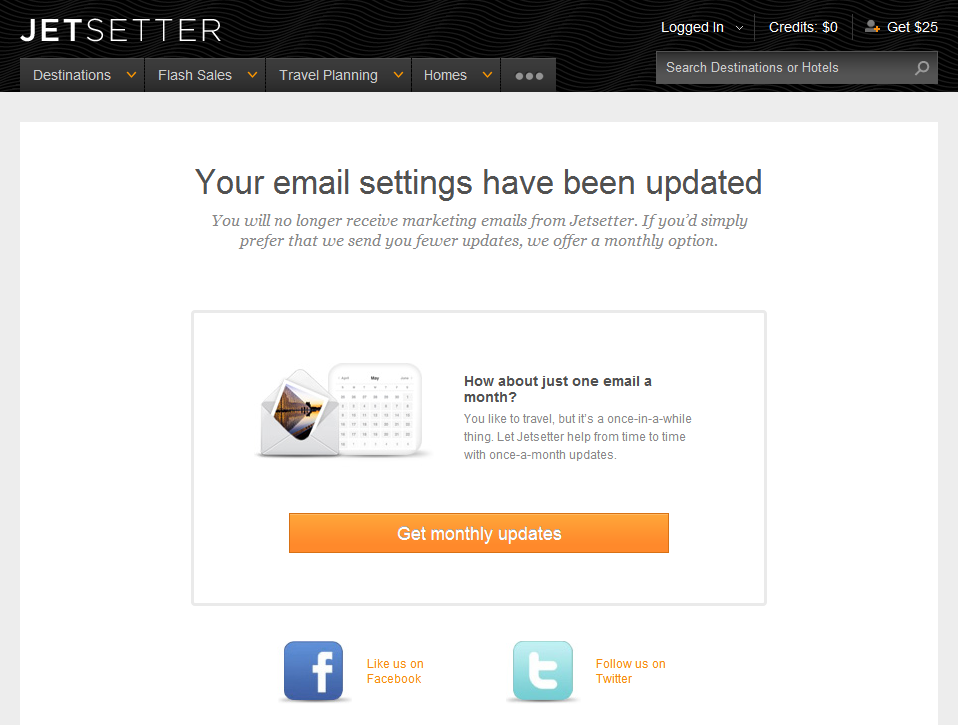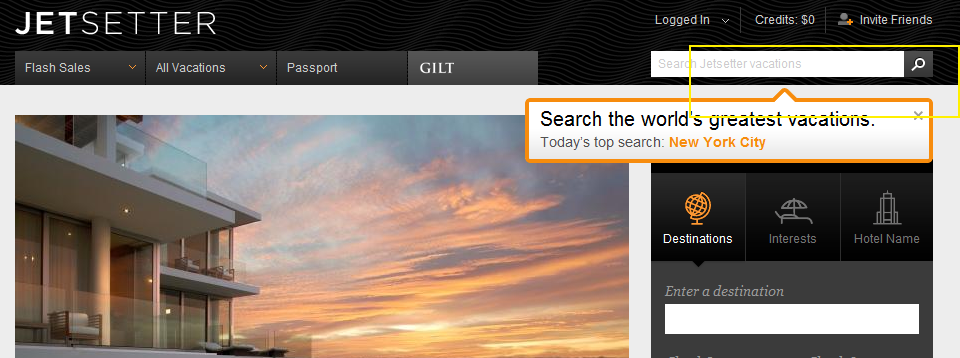The web is fragmented.That fragmentation gave rise to search.
And it's given rise to the role of social within finding.
The 'finding' problem exacerbates as content / product grows. Great examples of the problem: eBay, Amazon and iTunes have nearly unlimited inventory and are often painful to explore (for that precise reason).
One solution: curation. It is a trend that I have written much about... and it's a trend that will (and should) continue. Three examples:
- Content: my reliance on Twitter and Facebook for news is an example of content curated by my trusted social graph.
- E-commerce: Experts delivering their picks is a compelling way to drive conversions through curated expertise. Below is an example from JetSetter with "Molly Sims Inspired Travel". Each Sunday, the Golf Warehouse (TGW.com) features the clubs and products in the bag of that week's PGA winner. Of course, you can then shop his bag. And here is Nike's Li Na storefront which launched minutes after she won the French Open.
- Social Commerce: much of the movement from e-commerce to "social commerce" is predicated on experience being built atop social recommendations, sharing & findability.
As you try to distinguish yourself from the web's myriad of sites and products, think about how you can apply the concept of curation (experts, friends, taste-makers, etc) to improve findability, drive conversions, and establish marketing / viral programs.

